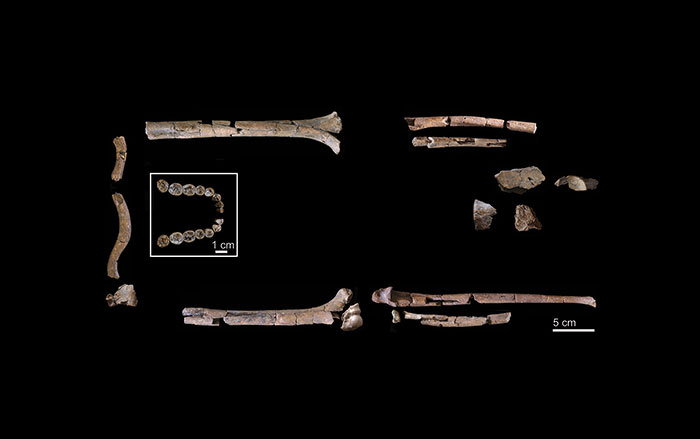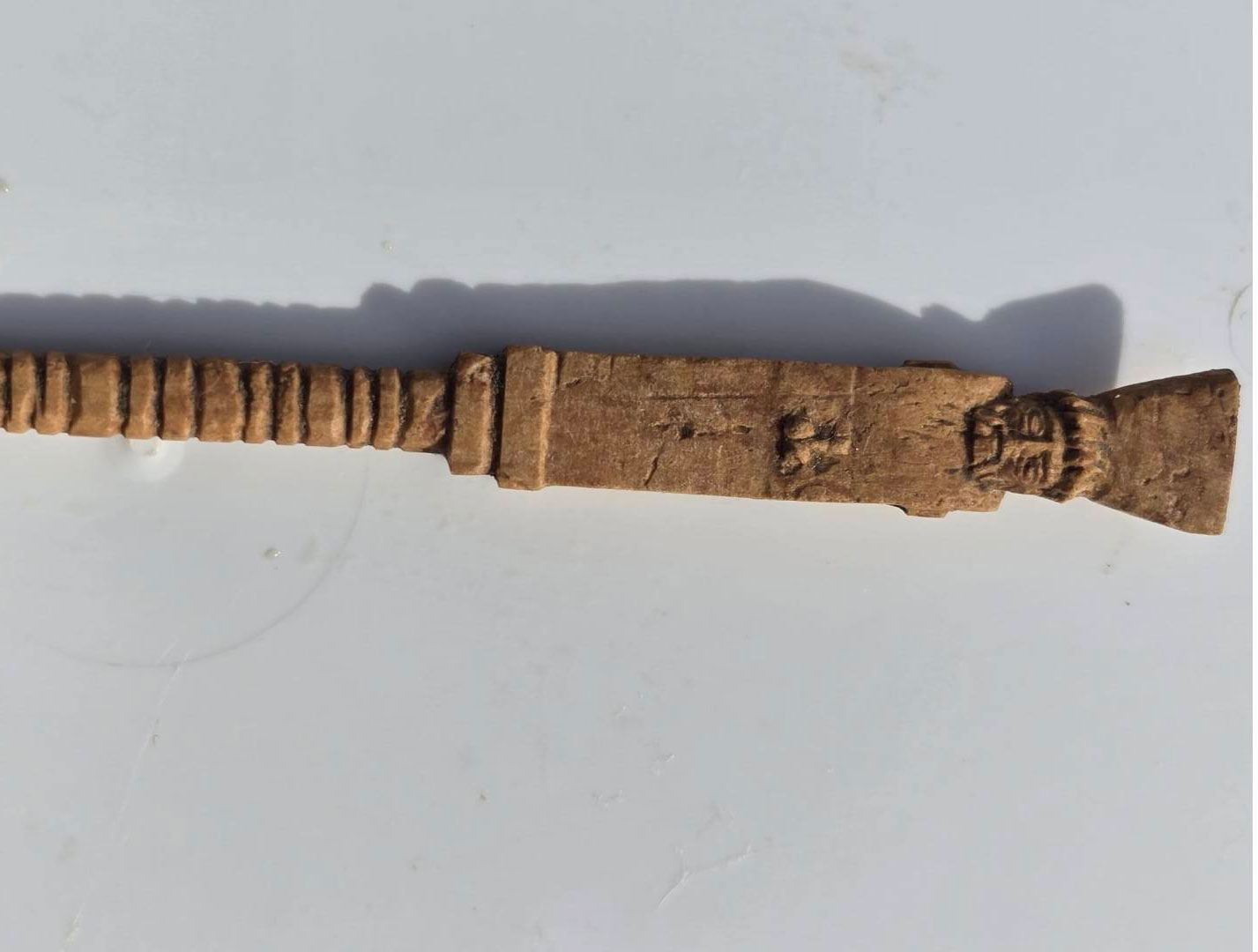News January 15, 2026
Homo Habilis Fossils Analyzed

Grine et al. 2026, The Anatomical Record
News January 15, 2026
Medieval Mass Grave Identified in Germany

News January 15, 2026
Pompeii’s Water Quality Analyzed

© Cees Passchier
News January 14, 2026
5,000-Year-Old Evidence of Whaling Found in Brazil

News January 14, 2026
Possible Anglo-Saxon Royal Burial Discovered in England

News January 14, 2026
Bronze Age Burial Uncovered in Greece

Greek Ministry of Culture and Sports
News January 13, 2026
Medieval Migration to England Tracked in Tooth Enamel Study

Wikimedia Commons
News January 13, 2026
1,100-Year-Old Mummy Examined in Chile

Courtesy Francisco Garrido
News January 13, 2026
Carved Bone Stylus Recovered in Sicily

Soprintendenza per i Beni Culturali e Ambientali di Caltanissetta
News January 12, 2026
Early Bronze Age Trade Hub Excavated in Iran

NEVER MISS AN UPDATE
Sign up for our monthly e-Update which includes highlights of the current issue, links to special collections from the magazine’s archive, and opportunities available only for subscribers.

